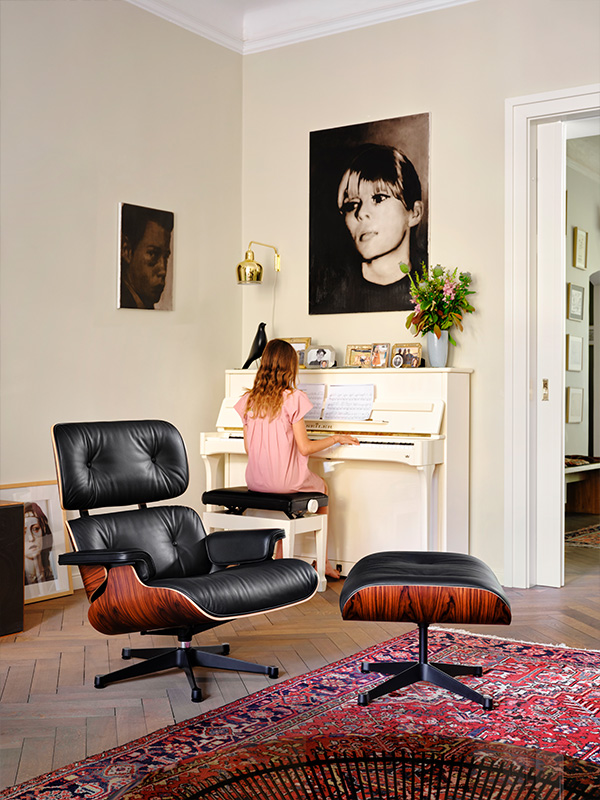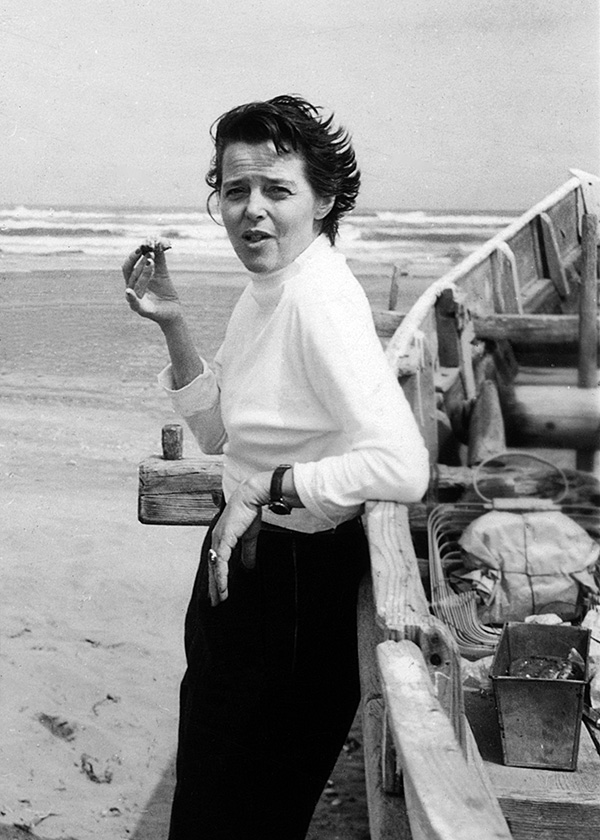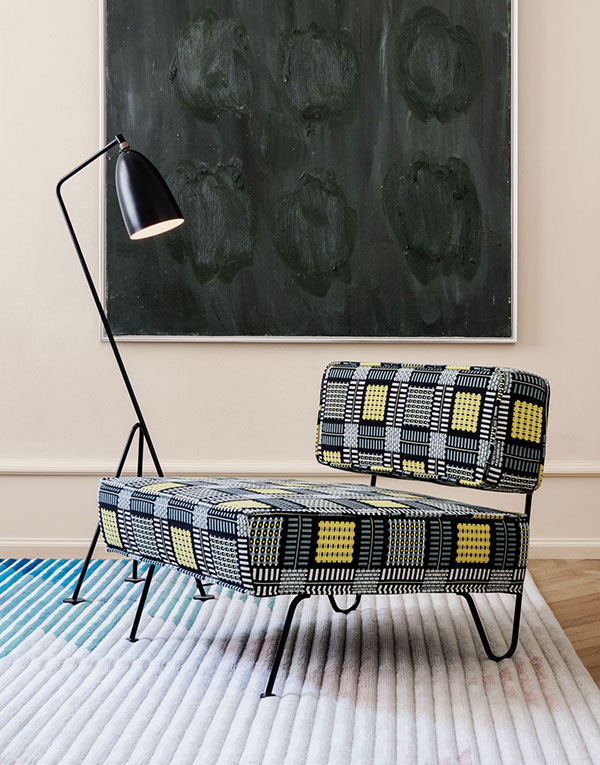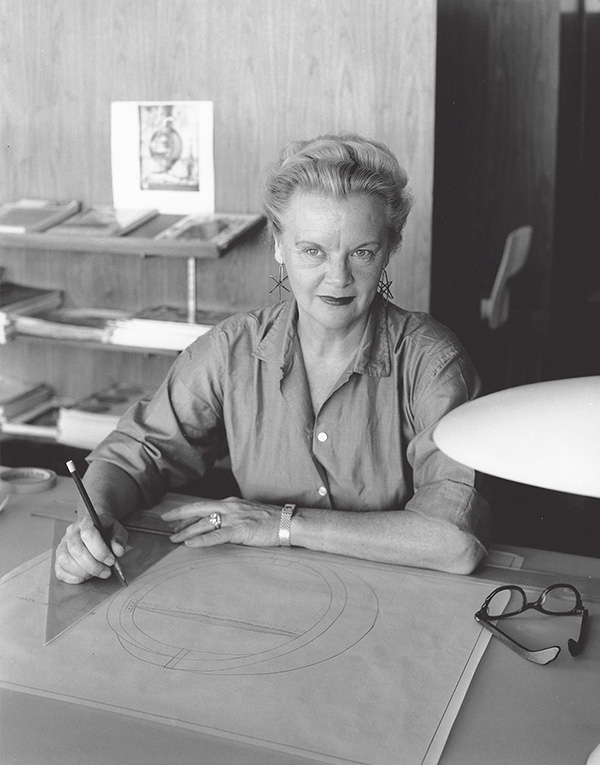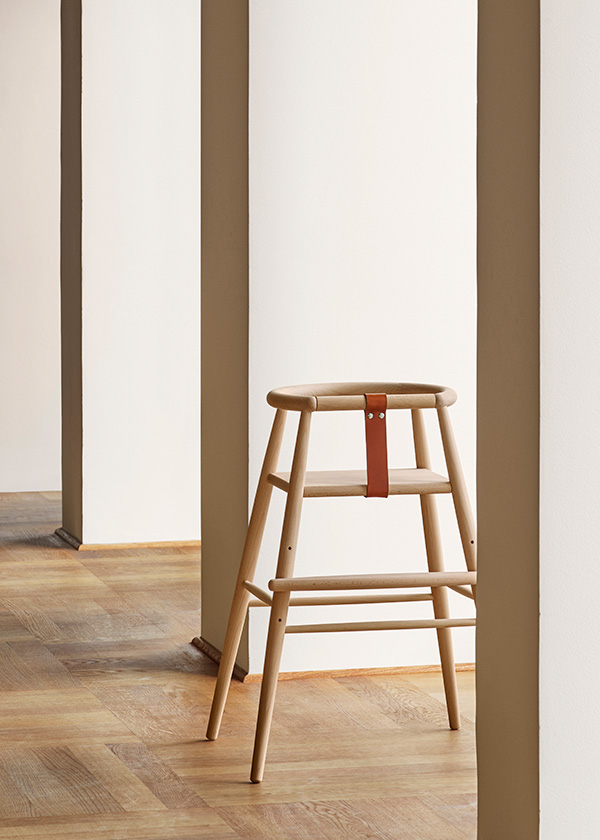Women in design
In celebration of International Women’s Day, we put the spotlight on five female trailblazers who changed the world of design.
The theme of IWD 2022 is ‘break the bias’ – encouraging all of us to imagine a gender equal world which is free of bias, stereotypes, and discrimination.
Throughout recent history, women in the design industry have been woefully underrepresented. Often overshadowed by their male counterparts and not given access to equal opportunities, women designers have had to fight to make their voices heard.
In celebration of International Women’s Day, we’re putting the spotlight on five trailblazing 20th century women who paved the way for a more equal design world. These formidable designers challenged stereotypes and fought bias to create a selection of iconic furniture and lighting designs that have truly stood the test of time.
Ray Eames
Charles and Ray Eames – a design duo who are famous for their iconic chairs, innovative architecture and enticing filmmaking. But with the large than life Charles often doing the talking, Ray sometimes got left in shadows.
An artistic force in her own right, Ray was fascinated by the abstract qualities of ordinary objects, which influenced her involvement in the first ever exhibition of the American Abstract Artists group. She studied painting under Hans Hoffman in New York before enrolling at the Cranbrook Academy of art, where she met Charles.
One of the most famous partnerships in design history, everything the Eames’s did, they did together – with Charles Eames quoted as saying “whatever I can do, she can do better” when talking about their shared responsibilities. Their iconic designs include the Eames Lounge Chair, the LCW Plywood Chair and Hang It All, to name just a few.
Charlotte Perriand
“There is art in everything, whether it be an action, a vase, a saucepan, a glass, a sculpture, a jewel, a way of being.”
One of the giants of 20th century design, Charlotte Perriand’s pioneering designs have shaped the way we live today. From stools to ski resorts, Perriand designed at every scale and strove to make good design accessible to as many people as possible.
A young Perriand dreamed of working with modernist master Le Corbusier but, when she presented herself at his studio, he dismissed her with the line ‘we don’t embroider cushions here’. After seeing a design for an apartment Perriand exhibited however, he swiftly employed her. Perriand went on to develop the elegant and radical tubular steel furniture designs that long bore Le Corbusier’s name alone.
It's only now that Charlotte Perriand is finally beginning to get the recognition she deserves. A recent retrospective exhibition at The Design Museum shone a light on her creative process and celebrated her unique balance of craftsmanship and industry.
Greta Grossman
“The only advantage a man has in furniture is his greater physical strength!”
An architect, interior and industrial designer – Greta Grossman was an incredibly influential figure in 1950s Hollywood. One of the first women to graduate from the prestigious Stockholm School of Industrial Design, she forged a successful career in Sweden before WWII forced her to flee to the USA.
Throughout the 1940s and 50s, she designed several iconic furniture and lighting designs that quickly made their way into the homes of Hollywood icons such as Frank Sinatra and Greta Garbo. Showcasing her distinctive Scandinavian style, her designs included the Gubi Grashoppa Lamp and Modern Line Sofa. Discover more about Greta Grossman in our journal article feature.
Aino Aalto
One of the founding figures of Artek, Aino Aalto is often overshadowed by her husband Alvar, with whom she worked in creative partnership with for many years. A Finnish architect and designer, she joined Alvar Aalto’s office in 1924 and went on to work on projects such as Villa Mairea and the Paimio Sanatorium.
Later taking on the roles of Design Director and Managing Director of Artek, she had an essential role in the development of Artek’s aesthetics, combining the modernist idea of clear form with simple surface ornamentation.
Nanna Ditzel
"Three steps forward and two steps back still means I've taken a step in the right direction!"
Designer of the Ocean Chair, Arkade Chair and the world-renowned “Hallingdal” fabric for Kvadrat – Nanna Ditzel won numerous awards during her lifetime. Her infectious personality and rebellion against tradition caused her to stand out from the crowd, and she is often described as being one of Danish designs most distinctive personalities.
Born in Copenhagen in 1923, Nanna Ditzel trained as a cabinetmaker before studying at the Royal Academy of Fine Arts in Copenhagen. From the outset, her work defied labels – with her organic chair designs contrasting against more urban style outdoor furniture.
Have you enjoyed reading this article? We would love to hear your thoughts – share your favourite female designers with us by tagging us @nest_co_uk on Instagram or Twitter.
If you’d like to find out more about International Women’s Day and how you could get involved, visit the IWD website.





